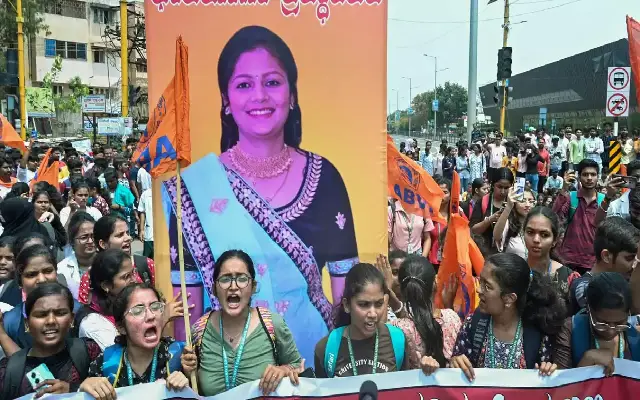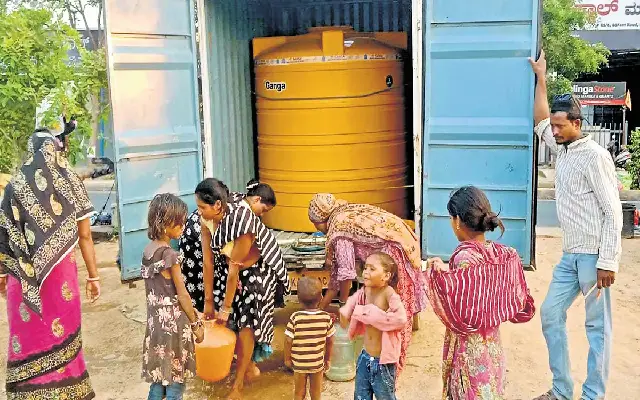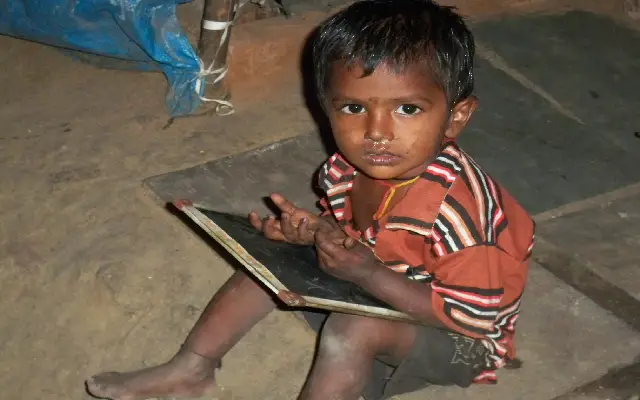Bangalore: Most distressing news has been reported that by another 10 years, half of Bangaloreans had to vacate their homes owing to scarcity of drinking water, polluted water bodies and contagious diseases.
 It’s the outcome of study on water resources conducted by Karnataka former additional chief secretary V Balasubramaniam.
It’s the outcome of study on water resources conducted by Karnataka former additional chief secretary V Balasubramaniam.
None of Bangaloreans can deny the most distressing news on the future of Bangalore as reported by Balasubramaniam, because it’s the study undertaken by Karnataka mines and geology department and health centers.
The water from 52 borewells and 59 taps in Bangalore are not suitable for drinking purpose, it has health threatening bacterial growth, stated the report.
What are the causes for water shortage?  A British captain narrated Bangalore as region of 1,000 water ponds during 1970. However, now there are only 200 water ponds. The drainage effluents are polluting the underground water bodies that will give rise to contagious diseases, cautioned the report.
A British captain narrated Bangalore as region of 1,000 water ponds during 1970. However, now there are only 200 water ponds. The drainage effluents are polluting the underground water bodies that will give rise to contagious diseases, cautioned the report.
The rain water harvesting would take place naturally at several water ponds in the past, while now; they are reclaimed to build malls and skyscrapers. Kanteerava stadium is being built by reclaiming Sampagi water pond. J P Nagar, fourth layout has been developed on Sarakki Agraha water pond. Banashankari second layout developed on Kadirenahalli water pond. The mega Kempe Gowda bus terminus developed on Dharmabuddi water pond. National Dairy Research Institute developed on Koramangala water pond. H S R layout developed on Parangipalya water pond; similarly several water ponds are reclaimed to develop building complexes and skyscrapers.
In the past, water harvesting used to take place naturally in water ponds, but they are now polluted with drainage effluents. It is posing health hazard. The building works are under way across the metro to cater to the rising demands of floating population. As per the census of 2001, the population has increased from 53 lac to 87 lac in 2011 and likely to cross 1 crore by 2016. The scarcity of water will become acute by then, cautioned the report.
 Despite the population is increasing in metro, water levels of Cauvery River that is supplying water remained the same. Nearly 35 percent of water being drained while supplying from Cauvery River to the metro. There will be huge gap between demand and supply of water when compared to population in 2016. Despite the metro gets rainfall of 900 millimeters, the water levels in 3 lac borewells are facing depleted sources, even borewells are dug up to nearly 1,000 feet, one would not get any water. The borewells are likely to go dry by 2018, stated the report.
Despite the population is increasing in metro, water levels of Cauvery River that is supplying water remained the same. Nearly 35 percent of water being drained while supplying from Cauvery River to the metro. There will be huge gap between demand and supply of water when compared to population in 2016. Despite the metro gets rainfall of 900 millimeters, the water levels in 3 lac borewells are facing depleted sources, even borewells are dug up to nearly 1,000 feet, one would not get any water. The borewells are likely to go dry by 2018, stated the report.
The metro is lacking in rain water harvesting. Only 44,000 homes in 18 lac buildings have rain water harvesting facilities. The tankers are supplying water to different housing colonies across the metro. Even the tanker water is also not fit for human consumption. If the remedial measures are taken swiftly, the metro would likely to go barren in just 10 years.

















